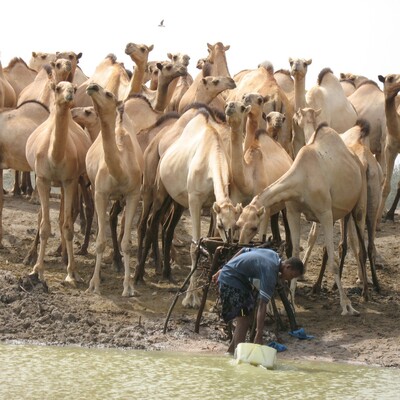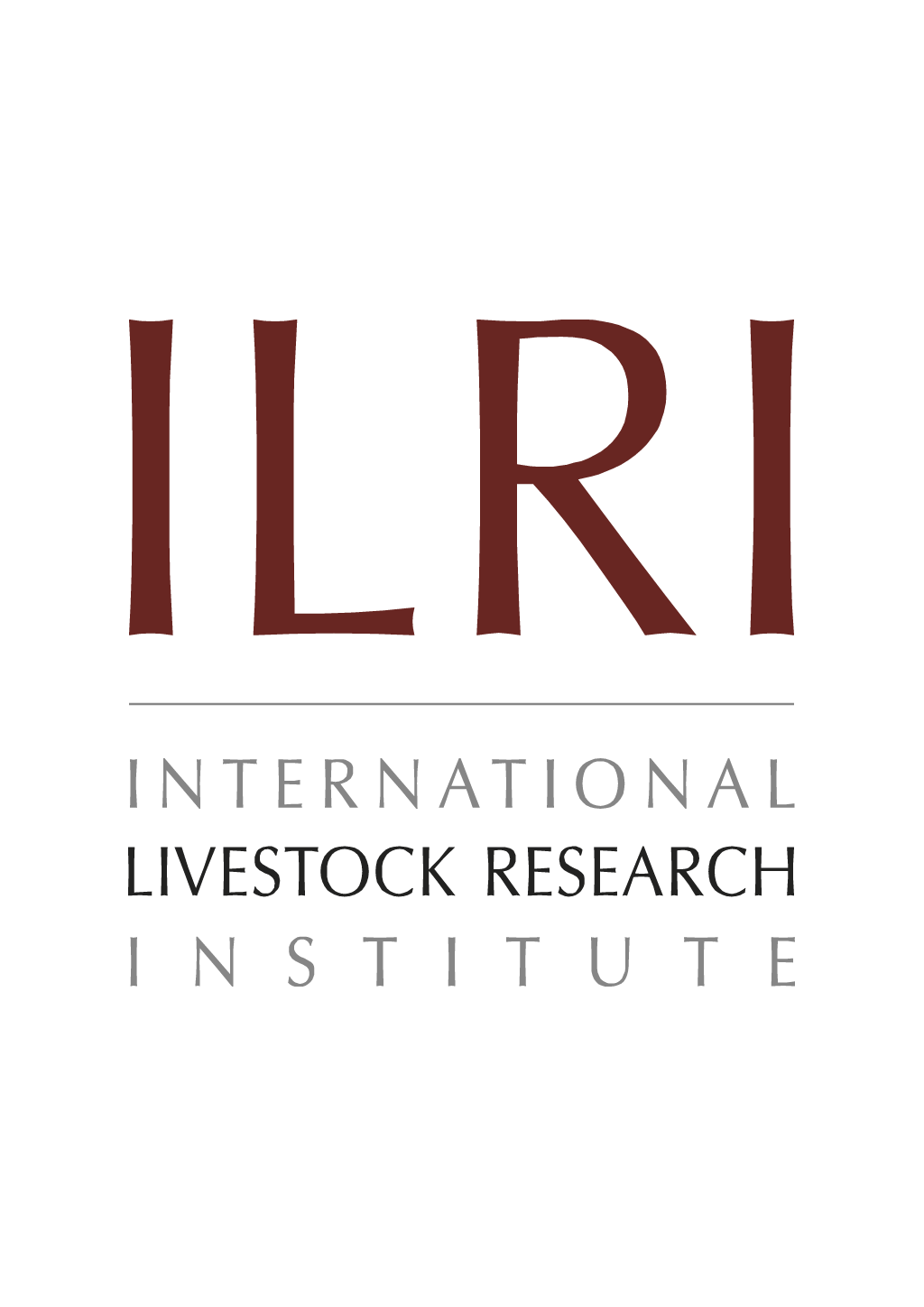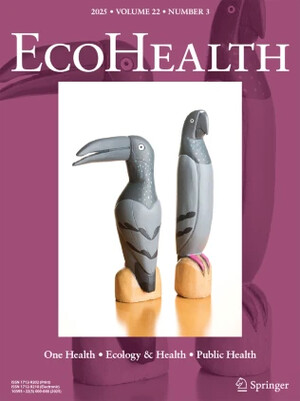
Detection of Tilapia Lake Virus in Egyptian fish farms experiencing high mortalities in 2015
Abstract
Currently, tilapia are the second most important group of farmed fish worldwide, wherein Nile tilapia (Oreochromis niloticus) is the foremost cultured species (FAO 2005). In 2014, the global tilapia production was valued at 4.5 million tons and is expected to surge to 7.3 million tons by 2030 (FAO 2014). Specifically, Egypt represents over 90% of the commercial Arab aquaculture production and currently ranks second to China with regard to global tilapia output (FAO 2005). Since 2013, an increasing number of tilapia farms in Egypt have been experiencing high summer morbidity and mortality rates (WorldFish 2015). Such disease outbreaks are a major constraint to the aquaculture trade and have devastating economic and social consequences (Aly, 2013). Tilapia have become such an important global food source, not only because they are an inexpensive source of protein but also due to their favourable culturing characteristics such as, their mode of reproduction, omnivorous diet, fast growth, tolerance for high-density aquaculture and because they are relatively resistant to poor water quality and disease (FAO 2005). Despite this, various bacteria, fungi, protozoa and viruses have been associated with disease in tilapia aquaculture (FAO 2005). There have been many reports implicating bacteria in tilapia diseases and in particular, bacterial infections caused by Aeromonas or Streptococcus species. For example, A. hydrophila and A. veronii are the causative agents of Motile Aeromonas Septicaemia (Aly, 2013; FAO 2005). Far less has been reported regarding viruses causing diseases in tilapia (Bigarre et al., 2009; Mcgrogan, Ostland, Byrne, & Ferguson, 1998; Shlapobersky et al., 2010), especially in Egyptian farms (Aly, 2013). However, a new virus called Tilapia Lake Virus (TiLV) has been implicated in recent mass tilapia losses in Israel and Ecuador (Bacharach et al., 2016; Del-Pozo et al., 2016; Eyngor et al., 2014; Ferguson et al., 2014). Oddly, the virus seems to manifests itself as a problem of the brain in Israel (Bacharach et al., 2016; Eyngor et al., 2014), while it targets the liver of fish in Ecuador (Del-Pozo et al., 2016; Ferguson et al., 2014) and Colombia (Kembou Tsofack et al., 2017). Our aim was to detect potential pathogens in diseased tilapia that might account for the high summer mortalities observed in Egyptian fish farms. To this end, diseased fish were examined from eight farms in different areas of the Nile delta. Here, we report the detection of Aeromonas species and, for the first time, the presence of TiLV in Egyptian tilapia aquaculture. In September 2015, we visited eight commercial farms experiencing the so-called summer mortality spanning a large area of the Nile Delta (Figure 1). We randomly sampled 13–40 fish per farm and examined them macroscopically to determine disease prevalence (Table 1 and Table S1). External clinical examinations considered haemorrhagic patches, detached scales, open wounds, dark discoloration and fin rot as signs of disease. Two diseased fish per farm were dissected, and tissues from the head kidney were collected in Universal Transport Medium tubes (UTM™, Copan, Italy) and kept at 4°C during transportation before being stored at −80°C. Additionally, the head kidney, spleen and liver tissues were swabbed using Amies Agar Gel (with charcoal) swabs (Copan, Italy). As controls, 20 healthy tilapia were examined from WorldFish in Abbassa and two were dissected and processed as outlined above. A. veronii A. hydrophilia A. veronii A. ichthiosmia A. enteropelogenes A. veronii A. enteropelogenes A. jandaei A. veronii A. ichthiosmia A. enteropelogenes A. hydrophilia The presence of TiLV was tested using a PCR protocol published elsewhere (Eyngor et al., 2014). Briefly, 20–60 mg of head kidney tissue was homogenized in 1 ml TRIzol reagent (Thermo Fisher Scientific, USA) using Lysing Matrix B and D (MP Biomedicals, USA,) in a MP FastPrep-24 sample preparation system (MP Biomedicals) for 2 × 40 s, with cooling in between, at a speed of 6.5 m/s. Thereafter, the TRIzol reagent protocol was followed, with the exception that 1-Bromo-3-chloropropane (Sigma Life Sciences, USA) was used instead of chloroform. About 10 ng of purified RNA was used in a one-step RT-PCR reaction using the Thermo Scientific Verso 1-Step RT-PCR ReddyMix Kit (Thermo Fisher Scientific). The virus was detected in four farms (Figure 1, Table 1 and Figure S1) using a diagnostic RT-PCR amplifying a 250-bp fragment of segment 3 (Eyngor et al., 2014). Additionally, primers in coding regions from segments 4 (S4_F-AGCAGCAGCAGGAGAAAGAG and S4_R-ACCGTCCTGTTTCTGAATGG) and 9 (S9_F-TTGGTGATGTCACGATGGATA and S9_R-AGTTCTATCGCCAGCCATGT) were designed using the available genome sequence of TiLV isolate Til-4-2011 (GenBank accessions numbers KU751817 and KU751822). We were able to amplify a 358-bp and a 351-bp fragment from segment 4 and segment 9, respectively, from three of the five virus isolates. All amplicons, including the 250-bp amplicons derived from segment 3, were Sanger sequenced (microsynth.ch) and assembled. The trimmed sequences (segment 3 = 249 bp, segment 4 = 263 bp, segment 9 = 252 bp) were used for a comparative analysis against the sequences of the Israeli and Ecuadorian TiLV. Egyptian TiLV sequences were deposited in GenBank under accession numbers KY817381–KY817390. Nucleotide sequences were aligned using muscle (Edgar, RC. 2004 NAR). When comparing all sequences, segments 3, 4 and 9 had 18, 16 and 2 SNPs, respectively. This led to two non-synonymous substitutions for sequences derived from segments 3 and 4. The amino acid changes in segment 3 distinguished the Egyptian isolates from the Israeli and Ecuadorian isolates, while the ones in segment 4 were unique to either the Ecuadorian isolate or to the Egyptian isolate from farm 5. Segment 9 sequences were identical for all viruses investigated at protein level (Table 2). The TiLV from Ecuador showed 98% nucleotide identity to the Israeli strain (Bacharach et al., 2016; Del-Pozo et al., 2016; Eyngor et al., 2014), while the Egyptian TiLV isolates showed only 93% identity to the Israeli strain when comparing sequences from segments 3, 4 and 9. We built phylogenetic trees for each segment using phyML (Guindon et al., 2010). All trees were congruent pointing towards the absence of reassortment (Figure 2). The Egyptian isolates cluster together with high bootstrap support. Surprisingly, the Israeli isolate is closer to the Ecuadorian isolate than to the Egyptian isolates. Additionally, we investigated the presence of bacterial fish pathogens using swabs which were stored at 4°C until they were spread onto tryptic soy agar containing 5% sheep blood (BD, USA) and incubated aerobically at 30°C for 48 h. Single colonies were subcultured and used to identify the bacteria present in our fish samples by matrix-assisted laser desorption ionization time-of-flight mass spectrometry (MALDI-TOF) using a Microflex LT instrument (Bruker Daltonics GmbH, Germany) with FlexControl (version 3.0) software (Bruker Daltonics) for the automatic acquisition of mass spectra in the linear positive mode within a range of 2–29 kDa (Bizzini, Durussel, Bille, Greub, & Prod'hom, 2010). We did not detect any Streptococcus species, but we found Aeromonas species in every farm (Table 1). Our aim was to identify candidate pathogens potentially responsible for the recent summer mortalities reported from Egyptian tilapia aquaculture (Worldfish, 2015). We visited eight commercial farms, covering different regions of the Nile delta and observed morbidities ranging from 43% to 100%. In every farm, we identified Aeromonas species which have been detected in Egyptian tilapia farming for many decades and have been linked to previous severe disease outbreaks (Aly, 2013). The new finding in trying to account for the recent Egyptian tilapia mortalities is the discovery of TiLV in 50% of the farms investigated. Notably, the application of a recently published Nested Reverse Transcription-PCR (Kembou Tsofack et al., 2017) probably would have resulted in a higher detection rate of TiLV. So far, TiLV has been implicated in mass tilapia deaths occurring also during the hot seasons in Israel and Ecuador. It is a segmented negative sense RNA virus that appears to be a real threat to global tilapia aquaculture. The absence of re-assortment and the closer similarity of Israeli to Ecuadorian isolates than to geographically closer Egyptian isolates could be due to anthropogenic influence via movement of feeds, live fish or water. Given our data, we cannot conclusively state that the emergence of this virus in Egyptian tilapia aquaculture is solely responsible for their summer mortalities, but it is a significant finding. Therefore, a prompt investigation into the prevalence of this virus in further regions of the Nile delta and how the Egyptian TiLV, which is divergent from the Ecuadorian and Israeli strain, manifests itself in Nile tilapia is required. Additional Future studies should investigate the effect of co-infections of pathogenic Aeromonas species with TiLV. Moreover, abiotic factors, such as water quality and temperature, should be investigated with respect to their effect on tilapia susceptibility to TiLV. Crucially, future work must focus on implementing existing diagnostic methods (Kembou Tsofack et al., 2017) into disease control policies. The development and application of an efficient vaccine would be the most effective disease control measure, but this endeavour requires more time. We are grateful to everybody involved in the sampling of tilapia in Egypt for this study. This work was supported by the CGIAR research programme Livestock and Fish, the University of Bern, and the Egyptian General Authority for Fish Resources Development. We thank Felix Drexler for his comments on the manuscript. Please note: The publisher is not responsible for the content or functionality of any supporting information supplied by the authors. Any queries (other than missing content) should be directed to the corresponding author for the article.
Citation
Nicholson, P., Fathi, M.A., Fischer, A., Mohan, C., Schieck, E., Mishra, N., Heinimann, A., Frey, J., Wieland, B. and Jores, J. 2017. Detection of Tilapia Lake Virus in Egyptian fish farms experiencing high mortalities in 2015. Journal of Fish Diseases 40:1925–1928.









